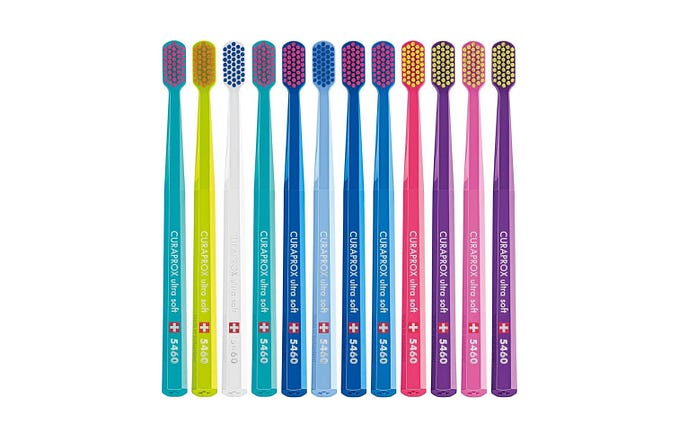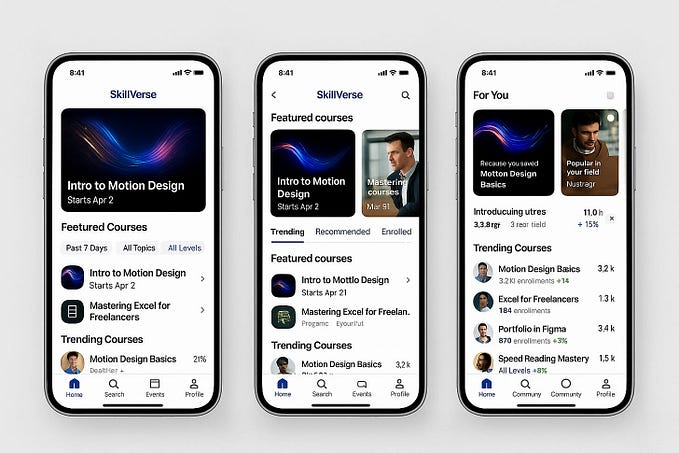You're reading for free via Kim Witten, PhD's Friend Link. Become a member to access the best of Medium.
Member-only story
7 ways to create original work
Without making something entirely new

Creating original work doesn’t always mean inventing things entirely from scratch or doing something that’s never been done before. It can be about finding innovative ways to present content and ideas.
As I often struggle with this, I have a go-to list that helps me get creatively unstuck. I offer what I’ve learned to you, so that it may help you get your originality gears turning, too.
Here are seven ways to approach innovation and answer the question:
How do I make something original?
I’ve also included examples and question prompts for each approach to help inspire your process. Let’s get thinking!
1. Put an old idea into a new context
Encountering unfamiliar things in entirely new contexts can be strange and scary. However, taking something well-known and placing it in a new environment, setting, or arena can be exciting and thought-provoking.
An excellent example of this is Shannon Vallor’s book, Technology and The Virtues: A Philosophical Guide to a Future Worth Wanting. In this dense and provocative read, she revisits classical thinkers Aristotle, Confucius and the Buddha to see what solutions they offer to modern-day technological challenges.
From her application of old ideas in new contexts, we can learn how to become better humans, staying in step with our technological progress.
Take-away: What’s tried-and-true can spark new insights when brought into the unknown.
☞ What are the classic ideas, patterns, styles, or ways of doing things? And what are the new contexts, environments, or arenas you might consider placing them in?
2. Bring a new idea into a well-established area
This is the inverse of the first approach. Instead of bringing old into new, we might bring something unfamiliar into a well-known context. This too can spark new insight.
This approach is what usually comes to mind when we think about innovation. From the wheel to the electric vehicle, originality — and its corresponding…
While [X] has been well-known and thoroughly researched, only recently has somebody introduced [Y] into the game. This has transformed what it means to [Z].
Bringing new-to-old is the core of disruptive innovation. Often the impact of the work isn’t even realised until much later, upon reflection. That’s perhaps a good thing — if we were more omniscent about the knock-on effects of even our smallest creations, we may be too overwhelmed by though to put it out there. Or even get started.
Take-away: Even in the most established fields, there are always things to discover. Start small and go from there.
☞ What are the well-worn areas of thought? What new ideas and fresh perspectives could shed new light on these old ways?
3. Take many things and analyse them
Some concepts or things on their own may be well understood, but what happens when you put them side-by-side?
Meta-analysis is a method of finding new insights from multiple study results. A simpler version of this side-by-side approach could involve Affinity Mapping to organise ideas and gain clarity.
Take-away: By stepping back to analyse things together, you create new contexts and can gain insights from that.
☞ What do you notice when you really analyse things? What is worth grouping and taking a deeper look?
4. Combine two things that have never been put together before
Peanut butter and jelly is now a classic sandwich combo, but it wasn’t always that way. Somebody had to come up with it. There are likely similar combinations of words, ideas, and objects that are just waiting to be combined, resulting in new meaning and experience.
Even better than a PB&J, here are two unexpected and delightful examples:
- Space Archaeology is an emerging field of science that takes a very wide angle view to discover deeply hidden treasures. Here’s an excellent TED talk by Space Archaeologist Sarah Parcak on how it works.
- Calamity Art by Don Moyer is a collection of timeless classics — china bowls, porcelain plates, silk scarves. But with a new twist. Look closely and you’ll find zombies, demented poodles, dinosaurs, creepy crawlies and other oddities harmlessly lurking about. My personal favorite is this scarf — a new take on a classic William Morris print, Strawberry Thief. Instead of birds, beware of dinosaurs.
As you can see, I couldn’t pick one example here. Which makes me wonder, what would happen if we combined Space Archaelogy with Calamity Art? I’d probably buy that!
Thought exercise: Pick a category — food, art, language, film, whatever. Come up with a list of things in that category. The list should be broad-ranging, filled with exemplars, outliers, and everything in between.
☞ What happens when you select two things from your list and combine them?
5. Come up with a new way of doing something
Just because it’s always been done this way doesn’t mean you must follow suit. If you can improve upon a process, method, or technique — even if it doesn’t work — it’s still original.
There are lots of great improvements — and entire industries — out there in the world to point to. I’m sure you have your own examples.
One of my personal heroes is world-renowned author and educator Temple Grandin. She revolutionalized the food industry by reimagining ways to improve livestock handling, bringing empathy, compassion and unique perspective where it was desperately needed.
Perhaps we can all find ways to question the status quo and improve the world around us. Those ideas are original and they may revolutionise the work you do — even if only within your household or office team.
Take-away: New ways of doing things can be considered original work — and there’s no shortage of things that could use improvement!
☞ What could be improved in your environment? What would be more interesting or fun if it was done differently?
6. Put things in a new order
Order brings structure and familiarity. But sometimes also stagnation. Sometimes we accept the way things are done without question. What if we didn’t?
It never occurred to me that flossing in the morning was an option. Or that exercising in the evening works better for me. You can apply this shake-up to many things, to tell a story in a new way. Even if it’s your own boring morning story you tell yourself each day.
The protagonist in the film Memento also relies on innovative daily routines, but it’s the film itself that exemplifies this original approach. Memento tells its story in reverse order, starting with the end and working backwards scene-by-scene, creating disorienting viewing that allows the viewer to also experience “memory loss”.
It’s a brilliant example of how mixing up the order inspires new ways of seeing.
Take-away: Re-ordering things in time, sequence or position can bring new perspective and fundamentally change the experience.
☞ What if you mix things up?
7. Give something a fresh look
A refresh can be utterly transformative. Entire swaths of reality TV are centered around this idea. Not to mention the endless remakes and covers of existing media.
As a new sewist, I’ve been inspired by all the possibilities to create clothes and other items for a cozier home. Instead of making something from scratch (daunting), I can take plainer clothing I already have and embellish them.
Expanding on this approach, you might consider:
- Repainting, adorning, or otherwise re-doing a piece of furniture, or even an entire room.
- Rewriting something to include modern examples.
- Covering a song or art in a lighter, more youthful or contemporary way.
Take-away: Giving something an update can be a much needed way to practice and embody originality —perhaps especially when the original thing has long passed its ‘fresh by’ date.
☞ What is so dull that it gets overlooked? What could use a refresh?
Take-away thought on originality
Each of us has unique and original skills, strengths and perspectives that we bring to what we do. The more you learn about what those are, the easier and more natural it will become to do your creative work.
Your experiences, combined with any one of the approaches above ensures that you’ll never be stuck for ideas again.
So, whatever your strength, skill or perspective, try bringing that into your next innovation process. All of it can lead to original work.
Go forth and create!
Kim is a life-long overthinker who has overcome many challenges to turn her mental energy into a superpower for getting things done and feeling great about it. She’s on a mission to help others do the same. Join the expert thinkers who are gaining clarity and focus with weekly insights in the Hold That Thought newsletter








